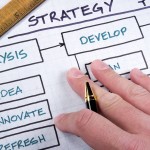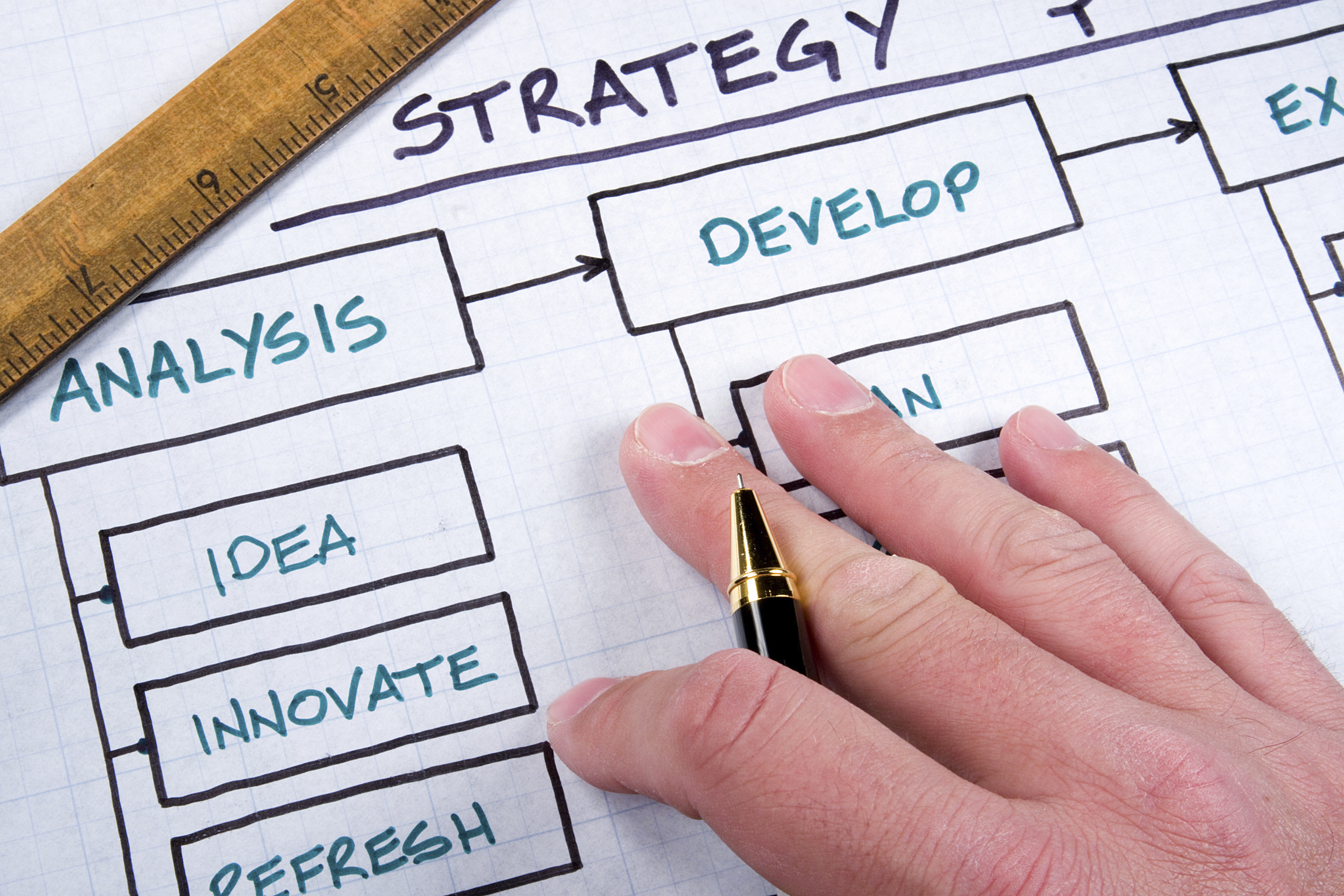-
Collaboration
“New ideas pass through three periods: 1) It can’t be done. 2) It probably can be done, but it’s not worth doing. 3) I knew it was a good idea all along!” ~Arthur C. Clarke
-
Innovation
“Don’t ask what the world needs. Ask what makes you come alive, and go do it. Because what the world needs is people who have come alive.” ~Howard Thurman
-
Consulting
“Imagination is more important than knowledge. For knowledge is limited to all we now know and understand, while imagination embraces the entire world, and all there ever will be to know and understand.” ~Albert Einstein
-
Join the Team
“I know not how I may seem to others, but to myself I am but a small child wandering upon the vast shores of knowledge, every now and then finding a small bright pebble to content myself with” ~Plato
Schedule
*Note: This is the schedule for this semester. However, working with real clients can lead to unexpected schedule changes. I will update the online schedule as necessary. If you have a question about the schedule, please email me. Check your email and the course website regularly for the most up-to-date information. Make sure to complete the readings for each week before you begin working on the assignment. The readings are designed to help you accomplish your task for each week. You will be expected to demonstrate principles of technical communication in each of the assignments listed. The abbreviation “TCT” stands for Technical Communication Today, the course text. Click here for a detailed assignment schedule. Questions? Please email me. I’ll do my best to answer your question(s) within 24 hours. Thanks!
Our learning objectives
- To build a common vocabulary and definition of terms for technical communication.
- To deepen students’ understanding of content production/management.
- To further define the role of the content developer in the context of Technical Communication (TC).
- To reinforce strategies for determining the rhetorical situation.
- To conduct reader analysis for workplace communication.
Assignments
Week 1: Tuesday
- Read TCT, Ch 1 “Communicating in the Technical Workplace”
- Read OWL@Purdue’s Rhetorical Situations Resource (read the following sections from this resource)
- Rhetorical Situation
- Elements of Rhetorical Situation
- Aristotle’s Rhetorical Situation
- Text
- Author and Audience
- Purposes
- Setting
- Example 1
- Conclusion
- Log into Moodle & join course
Week 1: Thursday
- Read TCT, Ch 2 “Readers & Contexts of Use”
- In class:
- Locate a “technical document” on the web or look on the Pearson website. www.pearsonhighered.com/johnsonweb4/1.10. Place the link in the Week 1 Forum Post. Follow the prompts to write your thoughtful comments.
- Complete Student Survey
Week 2: Tuesday
- Read TCT, Ch 3 “Working in Teams”
- Read TCT Ch. 11 “Starting Your Career”
- Watch Professional Connections videos on resume and interviews
- Post/Discuss two effective resume examples using Moodle
- Complete reading check on Moodle
- Apply for a position with Arisoph consulting
Our learning objectives
- To discuss the basis of Ethical Communication
- To explore XML
- To think about integrating visual elements, structure, and ease of selective access
- To discuss various communication models
- To think about these things but also to actively experiment and try out techniques – reflection-in-action
Assignments
The deadline for all assignments and activities is Sunday, September 15, 11:59 p.m.
- Read Unit Two-Part A PowerPoint
- Read Unit Two-Part B PowerPoint
- Read Unit Two-Overview/Study Guide PPT
- Read TCT 3 “Working in Teams”
- Read TCT 4 “Ethics in the Technical Workplace”
- Complete reading check
- Prepare a Personal Ethics Statement
- Post/Discuss your two hypothetical ethic’s cases to Moodle. (see Moodle for instructions)
- Complete your first Team-forming activity
- Complete your Team Contract
- Complete the Reading Quiz 2
- UNIT 2 DEADLINES & WRAP-UP
- Additional Readings
- Sam Dragga’s “Is This Ethical?” http://myweb.ttu.edu/kbivens/pdf/Dragga%201996.pdf
- Alicia McBride’s “Towards a Sense of Ethics for Technical Communication” http://orange.eserver.org/issues/3-2/mcbride.html
- XML Tutorial: XML Basic (Read all 12 chapters for a basic overview of how XML functions).
- DTD Tutorial: Document Type Definition (Read all 10 chapters for a basic overview of how DTDs function).
- Schema Tutorial: XML Schema (Read the first 5 chapters for a brief introduction to XML Schemas).
Our learning objectives
- To explore the concept of Information Design
- To deepen our understanding of document visual features and attributes
- To think about the use of tables to organize and depict data
- Examine cross-cultural symbols
- Explore the five principles of design
- To think about these things but also to actively experiment and try out techniques – reflection-in-action
Assignments
The deadline for all assignments and activities is Sunday, September 29, 11:59 p.m.
- Read Unit 3-Part A PPT
- Read Unit 3- Part B PPT
- Read Unit 3-Part C PPT XW SECTION
- Read Unit 3-Part C PPT F2F 314-15 SECTION
- Read TCT Ch. 12 “Strategic Planning, Being Creative”
- Read TCT Ch. 18 “Designing Documents and Interfaces”
- Read TCT Ch. 19 “Creating and Using Graphics”
- Watch ALL:
- Complete reading check
- Visual Design Exercise Parts 1 & 2 DUE SUN., SEPT. 29 AT 11:55 p.m.
- This is a two-part design exercise. Make sure you complete both parts. The first part is an exercise to prepare you for an upcoming presentation. The second part is a webpage redesign in which you may use the knowledge you gain from part 1 to complete part 2.
- Complete Part I: Using Design Tools in Microsoft PPT
- Complete Part II: Revising a poorly designed webpage
- CLICK HERE TO SUBMIT VISUAL DESIGN EXERCISE PARTS 1 &2
- Meet with your team about the midterm project
- Begin crafting individual project pitch (see Moodle for instructions)
- Individuals post in Team Forum (on Moodle) project pitch ideas for the midterm. DUE SUN., SEPT. 29 AT 11:55 p.m.
Our learning objectives
- To learn about the processes and practices that lead to successful grant and proposal writing
- To explore the range of genres associated with the act of proposing, paying careful attention to how these genres are coordinated
- To understand the generic structure of proposals themselves and how this structure varies according to the institutional, social, and cultural settings in which a proposal develops
- To foster reflective practice, laying a foundation for proposal writing success in the future
- To think about these things but also to actively experiment and try out techniques – reflection-in-action
Assignments
The deadline for all assignments and activities is Sunday, October 13, 11:59 p.m.
- Read TCT 8 “Proposals”
- Read Rhetorical Situation & Kairos
- Read Unit Four overview Powerpoint
- READ Winning Proposal.Com
- SAMPLE-Proposal (This one is in the correct format. Use it as a guide.)
- Click Here for Gantt Chart Templates
- SAMPLE Image of Gantt Chart
- STEPS To Writing the PROPOSAL PPT
- Project Managers submit your Proposal HERE.
- Only one submission per group
- No post this week
- No reading check
- Click Here for INDIVIDUAL MIDTERM ASSESSMENT REPORT
- To provide style guide and formatting guidelines for email and social media.
- To examine and use appropriate style, tone, social presence & ambient awareness in traditional forms of communication as well as social media.To provide style guide and formatting guidelines for email and social media.
- To reinforce strategies for determining the rhetorical situation.
- To conduct reader analysis for workplace communication.
- To establish differences between plain and persuasive writing styles.
Assignments
The deadline for all assignments and activities is Sunday, October 27, 11:59 p.m.
- Read Unit Five overview Powerpoint
- Read: TCT Ch. 17 Using Plain & Persuasive Style
- Read TCT Ch. 5 “Letters, Memos, & E-Mail”
- Watch: The Genre of Email
- Read TCT Ch. 23 “Using Social Networking Tools”
- Read TCT 20 “Revising & Editing for Usability”
- Review & Complete OWL Exercises:
- Grammar Exercises
- Punctuation Exercises
- Spelling Exercises
- Sentence Structure
- Sentence Style
- Paraphrasing
- Writing Numbers
- Read Proofreading:
- Beginning Proofreading
- Proofreading for Errors
- Proofreading Suggestions
- Revising for Cohesion
- Steps for Revising
- To provide strategies for writing instructions, specifications, and procedures.
- To examine the needs of cross-cultural readers.
- To introduce essential features of proper grammar, spelling, punctuation and style.
- To establish guidelines for document cycling and usability testing.
Assignments
The deadlines for assignments and activities ARE DIFFERENT in this unit. Please TAKE NOTE! See specific assignment instructions below. PART 1: Readings & Notes
- Unit 6 Overview for 314-15
- Unit 6 Overview for 314-XW
- Read TCT Ch 6 “Technical Descriptions & Specifications”
- Read What are ISO Standards?
- Read “Writing for a Global Audience“
- Read ISO Standards Home
- Review of Technical Description Genre & Introduction to Technical Definitions PPT
- Revision and Usability – The Document Cycling Process PPT
- Phases of a Client-Based Project
- Why You Only Need to test with 5 Users
- 10 Heuristics for User Interface Design
- Review TCT Ch 20
- Instructions on how to set up the Memo for the technical description & also for the Audience Analysis assignment. Be sure to click through all the links associated with these instructions!
PART 2: Team & Individual Assignments
- TEAM Technical Description and Specification Document
- Technical Description SUBMIT HERE
- DUE Friday, November 15, 11:59 p.m.
- Individual Audience Analysis Reflection
- Audience Analysis Reflection SUBMIT HERE
- DUE Sunday, November 17, 11:59 p.m.
- Reading Check Quiz #5 (Individual)
- To explore how oral examples of technical prose anticipate & meet specific reader needs, rather than talk to explore or express your thoughts & emotions.
- To developing documents through logical division rather than narrative writing
- To learn to organize documents with explicit visual structure: decimal outline system, headings, and hierarchy.
Assignments
- Draft Final Project
- Draft Final Presentation
The deadline for all assignments and activities vary according to specifications set by the instructor. See individual assignment descriptions for specific deadline information. Readings
- Read The 3M Scenario
- Read the Final Project Instructions
- Read the Final Presentation
- Review examples on Resources page of Arisoph
- Read TCT, Ch. 8 pp. 232-234 “The Elevator Pitch”
- Read TCT, Ch. 21 “Preparing & Giving Presentations”
- Read Engl 314, Phases of a Client-Based Project (such as the 3M project)
Resources for Final Project
- Email One
- Email Two from 3M
- Interview with 3M
- GLP (guide to lab practices) Content for Technical Project
- Free image sources: morguefile, sxc.hu, Creative Commons section of Flickr
- No Post this week
- No Reading Check
- Team presentations are due on Thursday, December 12.
- *NOTE: Face-to-face classes will present in the lab.
- Online classes will submit a screencast of their presentation.
-
- You can use the audio recording feature of Micorsoft PPT to record and automate your presentation. Click here for instructions on how to do this.
- Or, you can use a free software Screencast-o-matic (does not require a download) to record and automate your presentation.
- Click here for instructions on how to record audio for your PPT presentation
- Click here for instructions on how to use Screencast-o-matic to record a screencast of your Presentation
Additional items:
- Remember, your goal is to prepare step-by-step instructions, using visuals to help guide the reader through the document.
- Please combine both part 1 and part 2 into one technical document
- Separate the two parts with different tables of content.
- Focus on creating a style and tone that can be carried through the entire document.
- The teamwork on the final project should occupy a significant portion of your week, although you should also remember that the final individual report is also due Tuesday, December 17th, 5:00 p.m. PMs should be in constant contact with each team member. Teammates, you should receive direction from your PM on your part of the project and on your deadline for completing your portion.
Assignments
The deadline for all assignments and activities vary according to specifications set by the instructor. See individual assignment descriptions for specific deadline information.
- Complete Oral Presentation (Team) Due Thursday, December 12th.
- Complete Client Project (Team) Due Sunday, December 15th @ 11:59 p.m.
- Complete Final Report (Individual) Due Tuesday, December 17 by 5:00 p.m.
Development

Employees of Arisoph Consulting work tirelessly to meet the needs of all our clients, whether they are individuals or large corporations. To keep our employees’ skills sharp, we require regular … Read More...
Consulting

To get a quote from Arisoph Consulting, please fill in the form below with as much information about your project as possible. We will respond within two business days. Your Name(required) Your … Read More...
Design

During your work at Arisoph Consulting, you will complete several projects. Below are brief descriptions. You will receive additional details in weekly meetings and emails. Applying for Work The … Read More...
Innovation

Ethics Ethics Resource Center | Online Ethics Center for Engineering and Research Planning Project Plan Example 1 | Project Plan Example 2 | Project Plan Example 3 Presentations Good and Bad … Read More...
Join the Team

A Personal Invitation to Join Our Team At Arisoph Consulting, we only hire the best. We are expanding our services and need experienced technical communicators, editors, research experts, and … Read More...



